Dictionary of Music Education
Irma H. Collins

The Scarecrow Press, Inc.
Lanham Toronto Plymouth, UK
2013
Published by Scarecrow Press, Inc.
A wholly owned subsidiary of The Rowman & Littlefield Publishing Group, Inc.
4501 Forbes Boulevard, Suite 200, Lanham, Maryland 20706
www.rowman.com
10 Thornbury Road, Plymouth PL6 7PP, United Kingdom
Copyright 2013 by Irma H. Collins
All rights reserved. No part of this book may be reproduced in any form or by any electronic or mechanical means, including information storage and retrieval systems, without written permission from the publisher, except by a reviewer who may quote passages in a review.
British Library Cataloguing in Publication Information Available
Library of Congress Cataloging-in-Publication Data
Collins, Irma H.
Dictionary of music education / Irma H. Collins.
pages cm
Includes bibliographical references.
ISBN 978-0-8108-8651-3 (cloth : alk. paper) ISBN 978-0-8108-8652-0 (ebook).
1. MusicInstruction and studyDictionaries. 2. MusicInstruction and studyEncyclopedias. 3. MusicInstruction and studyBio-bibliography. I. Title.
ML102.M76C65 2013
780.71dc23 2013012478
 The paper used in this publication meets the minimum requirements of American National Standard for Information SciencesPermanence of Paper for Printed Library Materials, ANSI/NISO Z39.48-1992.
The paper used in this publication meets the minimum requirements of American National Standard for Information SciencesPermanence of Paper for Printed Library Materials, ANSI/NISO Z39.48-1992.
Printed in the United States of America
To my mother, Irma Virginia Morgan Hopkins;
Thorndikes Little Red Dictionary , 1937;
and the teachers who inspired me.
Contents
Foreword
When a highly respected music educator with a passion for words envisions a professional resource to serve music teachers and learners worldwide, the result is a one-of-a-kind dictionary of music education. Irma Collinss Dictionary of Music Education , like any dictionary, is a reference book about words, presented in alphabetical order complete with definitions. However, this dictionary goes beyond just defining important words in music education. It focuses on persons , terms , events , and organizations that have affected and shaped the teaching and learning of music through the years. Furthermore, a chronology places these important persons, terms, events, and organizations in their historical contexts, while her extensive bibliography invites the reader to consult other sources for continued exploration. Remarkable throughout is the cross-referencing that connects the entries across the range of persons and terms, events, and organizations. This comprehensive compilation makes the Dictionary of Music Education a complete and practical resource for research and a landmark professional reference for exploring the evolution of music education through time.
A special feature is the inclusion of persons, terms, events, and organizations important to music education not only in the United States, but in Australia, Canada, and the United Kingdom as well. Collins identifies hundreds of terms many familiar to music educators, some not so well known, and a number that cross geographic boundaries. The accomplishments of hundreds of outstanding music educators and musicians ( persons ) who have made or are still making significant contributions to music education are highlighted. Consider the enormous contribution of American Lowell Mason, who first introduced vocal music into the Boston schools in 1838, or Sir Frank Calloway (New Zealand/Australia), who was a founding member of the International Society for Music Education (ISME), then became its president, and finally its honorary president for life. Organizations such as ISME, the National Association for Music Education (NA f ME, United States, formerly MENC), the Canadian Music Educators Association (CMEA), the Australian Society for Music Education (ASME), and the Music Education Council (MEC, United Kingdom) have all played major roles in advancing music education in their countries and throughout the world. Many of these organizations have sponsored significant events that have brought together music educators and decision makers to focus on critical topics in the profession and to consider visionary ways to ensure best practices in music teaching.
Bringing a dictionary of this magnitude from vision to reality required tremendous commitment, hours of painstaking research, and careful checking. All of us involved in the teaching and learning of music will reap the benefits of Irma Collinss in-depth work as we make the Dictionary of Music Education an important and practical resource in our professional lives.
Carolynn A. Lindeman
San Francisco State University and the National Association for Music Education
Preface
One of the challenges of writing a specific field and descriptive dictionary is that the focus must consistently remain on topic. For a topic or subject such as music education, this can be a large part of the challenge. Music education represents two subject fields, and terms may vary in their definitions in moving between them. One must always be aware of the pervasive aspect of music when defining music education. (For example, without music , it would be education , and without education , it would just be music .) Coupled with this is the problem of changes over time in the terms and their meanings, tracking as they do changes in youth culture and technology. There is a danger also of listing too many, or not enough, people when trying to define the beginnings and the future of such an impressive subject as music education. These people have made, and are making, their indelible mark on the profession and were chosen for their specific contributions to the profession. From suggestions by expertsand from my own acquaintance with exceptional music educatorspeople were chosen because of their outstanding credentials. There are many other respected music educators, of course, but these I leave to a future biographical dictionary of music education.
Organizations change, and with them their acronyms; journals disappear almost as soon as they are recorded. Events come and go, but because of their import, music educators have recognized the more significant ones, such as the Tanglewood Symposium. The impact of national legislation on the discipline of education certainly affects music education, from budgets to charter schools, special education, and assessments of teachers and schools. And, once again, legislation often changes within ten to twenty years of enactment. This, too, adds to the problem of the inclusion of related terms in a dictionary.
A larger problem for this writer has been that of deciding what and how much to include from the discipline of music. There are many music dictionaries available, but they rarely, if at all, include music education entries. In this Dictionary of Music Education , you will find terms for music as well those interrelated from education. In the United Kingdom, for example, there are many educational reports that have affected music education. These are similar to those found in the United States. These reports were chosen because of their lasting impact on the teaching of music in overseas schools as well as ours. Fortunately, this has the benefit of enlarging our worldview of the ways in which music and education are disseminated by those who have devoted themselves to music education, from the earliest times to the present. In that regard, this dictionary provides a brief educational journey to many parts of the world through those music educators who chose to improve our understanding of music, regardless of culture and locale.
Next page
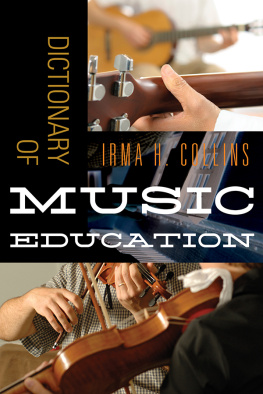
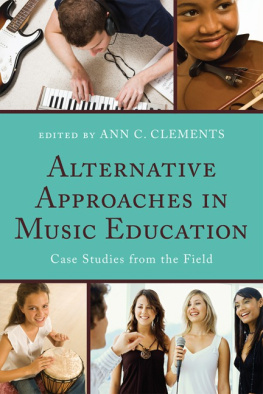
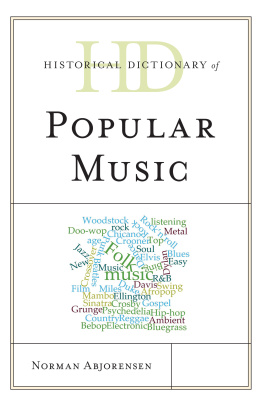
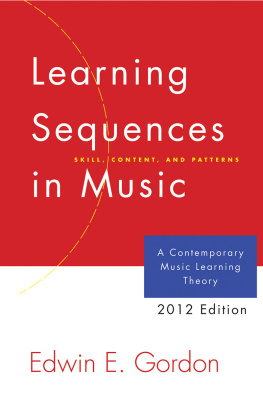

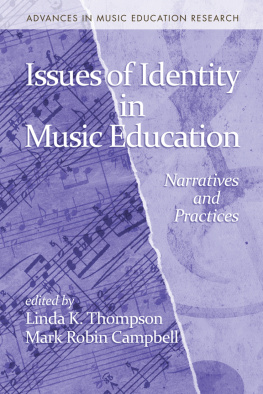
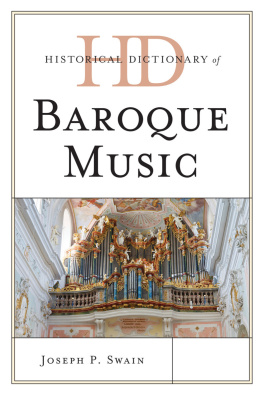
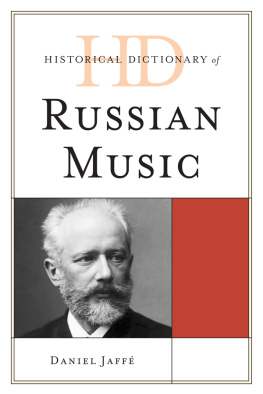
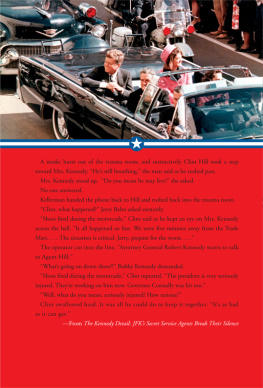
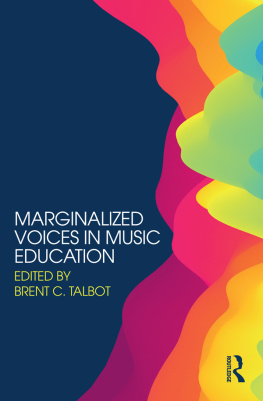
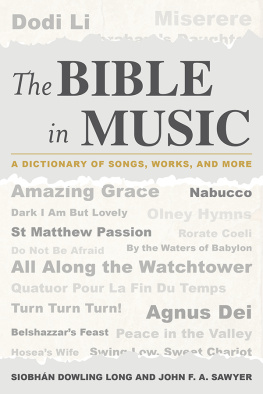
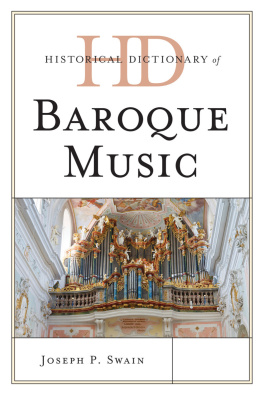

 The paper used in this publication meets the minimum requirements of American National Standard for Information SciencesPermanence of Paper for Printed Library Materials, ANSI/NISO Z39.48-1992.
The paper used in this publication meets the minimum requirements of American National Standard for Information SciencesPermanence of Paper for Printed Library Materials, ANSI/NISO Z39.48-1992.